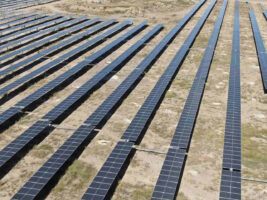Ever since the US saw its CO2 emissions hit a 20-year low last year, the widely held belief has been that natural gas played the dominant role by pushing coal out of the market. But, as Stephen Lacey reports over on GreentechEfficiency, researchers at CO2 Scoreboard have come to rather a different conclusion. They found that, on a nationwide level, more than 50 million megawatt-hours of coal simply dropped off the map without any assistance from natural gas – a result of the decline in electricity consumption. And in some areas, natural gas actually displaced more hydro and nuclear than coal, thus adding to emissions.
“Contrary to popular perception, 2012 data shows that the increased use of natural gas in the electric power sector is not the largest contributor of energy-related CO2 reductions in the US over the past year. Nearly 75 per cent of the CO2 savings are attributable to economy-wide demand reduction driven by energy efficiency, conservation and the mild winter of the first quarter of 2012,” write Shakeb Afsah and Kendyl Salcito in their analysis.
When combining all these factors together, CO2 Scorecard determined that increases in natural gas generation were responsible for just 26 percent of the total decline in CO2 emissions in 2012. “The policy lesson is obvious,” the authors conclude. “Real and lasting reductions in CO2 come from economy-wide policy effects, not from the current transient boom in the US natural gas market. Therefore, the best way to ensure continued economy-wide reductions in CO2 emissions is through a carbon tax.”










